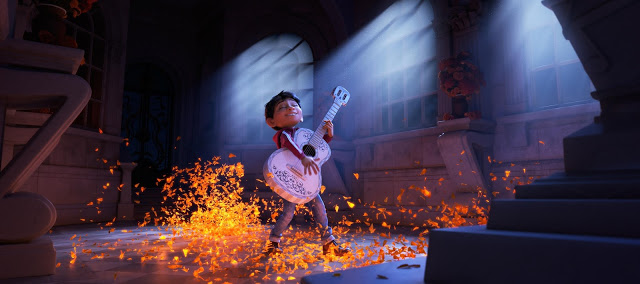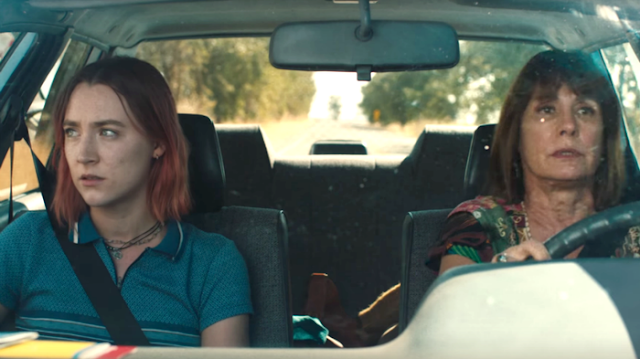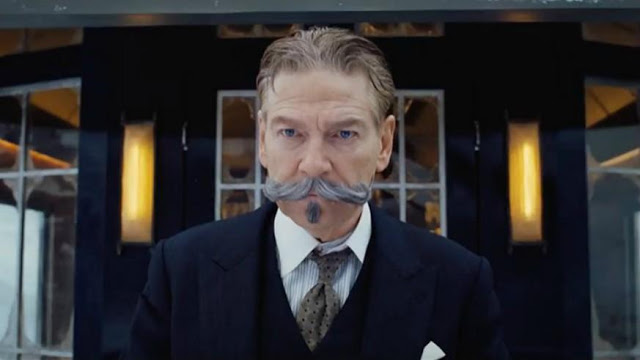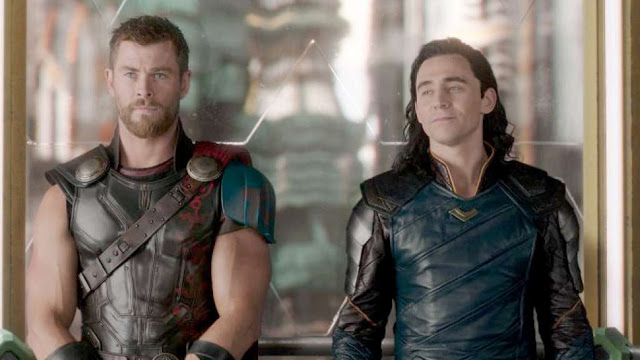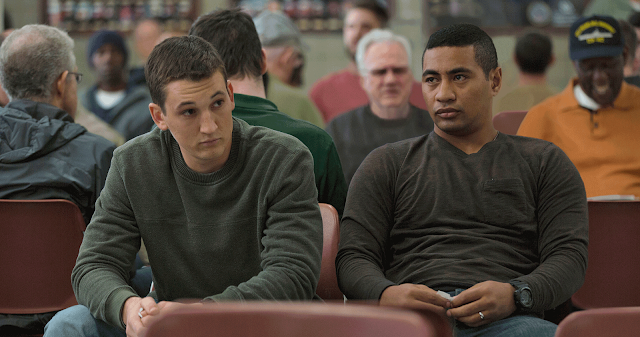Coco: The Music Is Lively, and So Are the Dead
Part ticking-clock thriller, part throwback musical, part family weepie, Pixar’s Coco strikes a smart balance between new-age innovation and old-fashioned storytelling. It lacks the creative virtuosity of the studio’s greatest works: the shimmering grandeur of Finding Nemo, the emotional sophistication of Inside Out, the bravura silence of Wall-E. But while Pixar may have previously set the bar for family-friendly entertainment to be unfathomably high, it’s unfair to measure each studio’s new release against its past triumphs. Judged on its own terms, Coco is an agile and rollicking children’s film, mingling spirited action and characteristically stunning technique with wholesome sentimentality. It’s tier-two Pixar, which is another way of saying it’s pretty damn good.
It’s also beautiful, which should go without saying. Visual magnificence is a quality that we take for granted in Pixar productions—it’s simply a matter of appreciating the newest details and the whimsical flourishes within the richly textured environments and limber animation. Coco conjures a world of dazzling luminosity and ceaseless invention: arcing bridges made of bright-orange flower petals; an electric-blue swimming pool in the shape of a guitar; a skylit district of pulsating buildings, threaded together by spiraling staircases and curved viaducts. The characters, meanwhile, move with exquisite dexterity, their wonderfully expressive faces matching the well-pitched vocal performances. The people in this movie look and sound decidedly alive, which is curious, given that most of them are also dead. Read More

